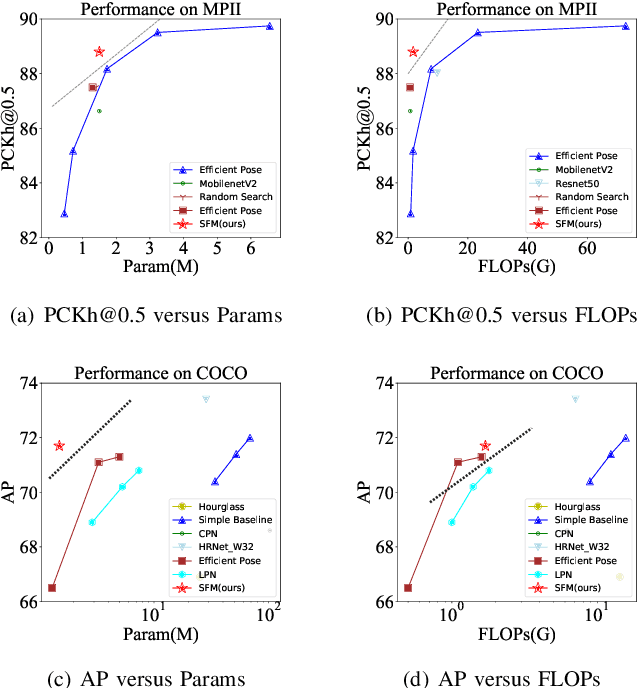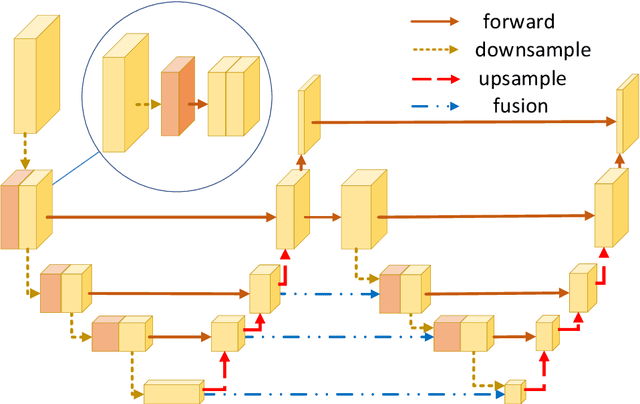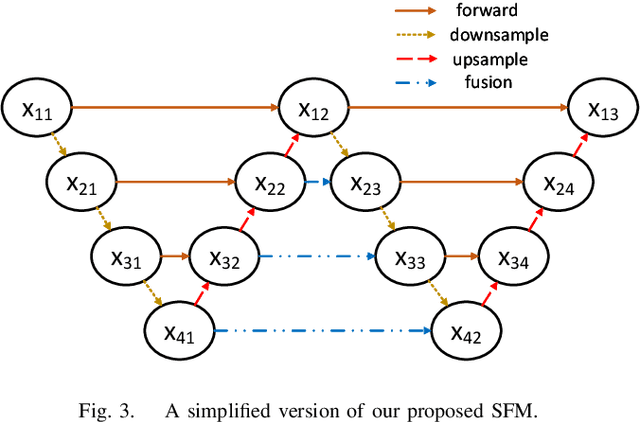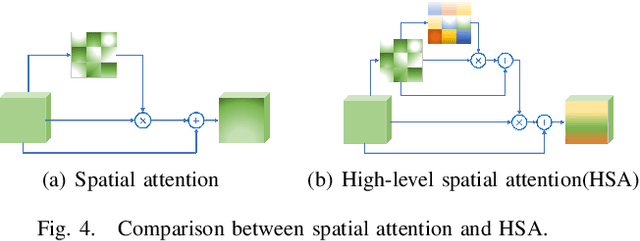Yizhe Chen
MatWheel: Addressing Data Scarcity in Materials Science Through Synthetic Data
Apr 12, 2025Abstract:Data scarcity and the high cost of annotation have long been persistent challenges in the field of materials science. Inspired by its potential in other fields like computer vision, we propose the MatWheel framework, which train the material property prediction model using the synthetic data generated by the conditional generative model. We explore two scenarios: fully-supervised and semi-supervised learning. Using CGCNN for property prediction and Con-CDVAE as the conditional generative model, experiments on two data-scarce material property datasets from Matminer database are conducted. Results show that synthetic data has potential in extreme data-scarce scenarios, achieving performance close to or exceeding that of real samples in all two tasks. We also find that pseudo-labels have little impact on generated data quality. Future work will integrate advanced models and optimize generation conditions to boost the effectiveness of the materials data flywheel.
Efficient Human Pose Estimation by Maximizing Fusion and High-Level Spatial Attention
Jul 29, 2021



Abstract:In this paper, we propose an efficient human pose estimation network -- SFM (slender fusion model) by fusing multi-level features and adding lightweight attention blocks -- HSA (High-Level Spatial Attention). Many existing methods on efficient network have already taken feature fusion into consideration, which largely boosts the performance. However, its performance is far inferior to large network such as ResNet and HRNet due to its limited fusion operation in the network. Specifically, we expand the number of fusion operation by building bridges between two pyramid frameworks without adding layers. Meanwhile, to capture long-range dependency, we propose a lightweight attention block -- HSA, which computes second-order attention map. In summary, SFM maximizes the number of feature fusion in a limited number of layers. HSA learns high precise spatial information by computing the attention of spatial attention map. With the help of SFM and HSA, our network is able to generate multi-level feature and extract precise global spatial information with little computing resource. Thus, our method achieve comparable or even better accuracy with less parameters and computational cost. Our SFM achieve 89.0 in PCKh@0.5, 42.0 in PCKh@0.1 on MPII validation set and 71.7 in AP, 90.7 in AP@0.5 on COCO validation with only 1.7G FLOPs and 1.5M parameters. The source code will be public soon.
 Add to Chrome
Add to Chrome Add to Firefox
Add to Firefox Add to Edge
Add to Edge